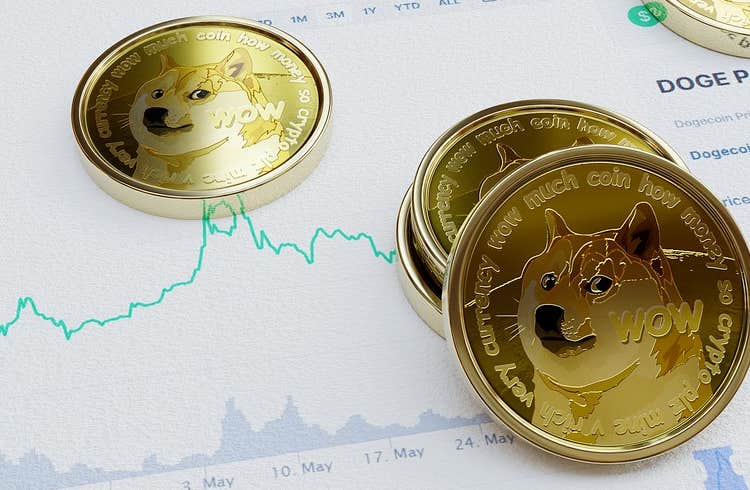Table of Contents
When we talk about trading orders, analysts and market makers often mention long position or short position. While long and short positions in financial matters may refer to several things, in this context long and short positions are more a reflection of how he predicts investor future market movements.
Long and short positions are two sides of a trade conducted by two or more parties, whereby a long position simply indicates the purchase of an asset with the expectation of a profit. On the other side, a short position indicates a situation where a trader sells an asset with the intention of repurchasing it at a lower rate at a later date when the asset is not his.
The position specified in a financial asset indicates the amount of assets owned by the person. A person is considered to have a long position if he owns an asset, which means that he has paid the amount for the purchase of the asset. Holder long position has many benefits from owning this asset, for example, when the price of an asset increases, it can sell it for a higher amount.
When a person sells an asset that he does not own, he is said to have short position. He gains a profit when the price of an asset falls. However, the seller sells at a higher price and waits for the price to fall, then buys the asset off the market at a lower price to close the position.
Long position – buy cheap, sell expensive
If an investor has long positions, it means that the investor has bought in the past and owns these assets. Conversely, if an investor has short positions, it means that the investor owes these shares to someone but does not actually own them yet.
Example – An investor who owns 100 tokens in its portfolio, has a long 100 tokens. This investor paid the full cost of the property. He bought a token for € 10, which means he bought it for a total of € 1,000. A year later, the price climbed to € 20. He currently has a profit of € 1,000. The long position has paid off
Short position – sell expensive, buy cheap
It is a technique in which the investor expects the value of the asset to decrease in the short term, possibly in the coming weeks. In this process, the investor borrows shares from exchange to sell them to another investor. Companies have a large amount of assets at their disposal or they borrow from another company to provide a loan to an investor. However, the investor will return the assets he has borrowed. The main purpose is sell the shares at a higher price and then buy them back at a lower price.
Example – The investor will borrow from the exchange 100 tokens for the price of 10 € and sells tokens immediately. He therefore sold tokens that he did not actually own and had € 1,000 in his account. Now he is waiting for the price to fall. A year later, the price dropped to € 8. The investor will buy the same amount of tokens as he borrowed. Now, however, the cost of buying them is only € 800. These 100 tokens, which are now worth € 800, will be returned to the exchange. However, he has € 200 left in his account and that is his profit.
A short investor often borrows tokens in a margin account to make a delivery. Then, in the hope that the price of tokens will fall, he will buy tokens at a lower price to repay the trader who lent them. If the price does not fall and continues to rise, the seller may briefly be subject to an additional settlement request from his broker.
The call for additional settlement occurs when the value of the investor’s account falls below the minimum value required by the broker. The challenge is for the investor to deposit more money so that the margin account gets to the minimum maintenance margin.
Differences and summary
Long position:
- You enter the position with the command buy
- You own the asset and have purchased it
- You make money rising
- Profit is the difference between your purchase price and the sale price
Short position:
- You enter the position with the command sell.
- You do not own the asset and must borrow it from the exchange. You will then sell the asset immediately. You will get money in your account and you are waiting for the price to drop. When the price drops, you repurchase the asset at a lower price.
- You make money that the price goes down.
- Profit is the balance on your account after all the tokens you have borrowed are returned.
Where to trade short?
Short position on crypto market are not so widespread. However, forex brokers usually work, which gradually add cryptocurrencies to their portfolios. This opens up the possibility of shorting in the cryptomen market as well.
Short positions are available on crypto exchanges Binance, Kucoin, Kraken, Bitmex or Bitfinex. However, these exchanges add various restrictions, which show that they prefer mainly large players when shorting.
Understand possible impacts of the 2024 cycle
- Solana Price Analysis – December 18, 2024: The Slippery Slope of SOL 🚀📉 - December 18, 2024
- Bitcoin Price Analysis – 16/12/2024: A Dance in the Ascending Channel - December 16, 2024
- What is Monero, Price Predictions for 2025–2030, and Why Invest in XMR? - December 16, 2024


![Best Platforms for Copy Trading in [current_date format=Y] 5 Best Platforms for Copy Trading](https://cryptheory.org/wp-content/uploads/2024/12/copy-trading-350x250.jpg)
![Top 10 Cryptocurrency Platforms for Grid Trading in [current_date format=Y] 6 Top 10 Cryptocurrency Platforms for Grid Trading](https://cryptheory.org/wp-content/uploads/2024/12/grid-trading-350x250.jpg)
![BingX Exchange: A Detailed Guide to Using, Trading, and Maximizing Features in [current_date format=Y] 7 BingX Exchange: A Detailed Guide to Using, Trading, and Maximizing Features](https://cryptheory.org/wp-content/uploads/2024/11/4-5-350x250.jpg)



















